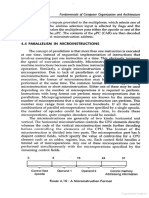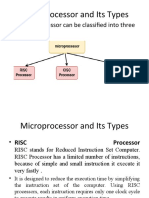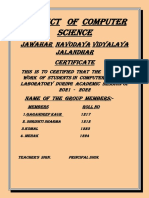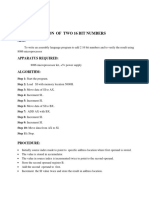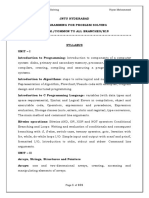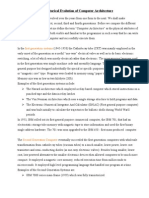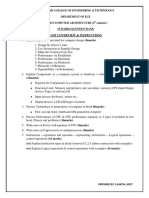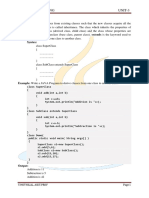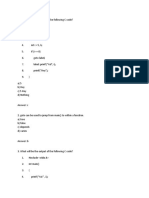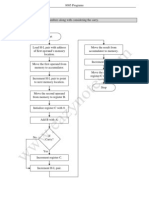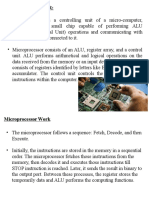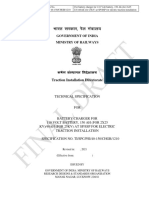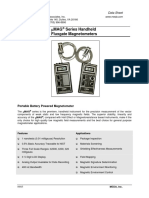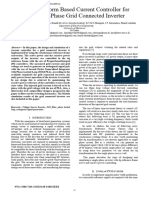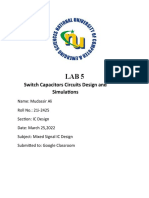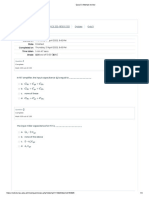0% found this document useful (0 votes)
2K views14 pagesCase Study - 8085 Microprocessor
The document discusses the 8085 microprocessor. It provides details about its architecture, features, advantages and disadvantages. Specifically, it notes that the 8085 is an 8-bit microprocessor introduced in 1977 with an 8-bit data bus, 16-bit address bus, 6 general purpose registers, and ability to address 64KB of memory. It also describes the internal blocks of the 8085 including the ALU, registers, program counter and more.
Uploaded by
Chat MateCopyright
© © All Rights Reserved
We take content rights seriously. If you suspect this is your content, claim it here.
Available Formats
Download as PDF, TXT or read online on Scribd
0% found this document useful (0 votes)
2K views14 pagesCase Study - 8085 Microprocessor
The document discusses the 8085 microprocessor. It provides details about its architecture, features, advantages and disadvantages. Specifically, it notes that the 8085 is an 8-bit microprocessor introduced in 1977 with an 8-bit data bus, 16-bit address bus, 6 general purpose registers, and ability to address 64KB of memory. It also describes the internal blocks of the 8085 including the ALU, registers, program counter and more.
Uploaded by
Chat MateCopyright
© © All Rights Reserved
We take content rights seriously. If you suspect this is your content, claim it here.
Available Formats
Download as PDF, TXT or read online on Scribd
/ 14


